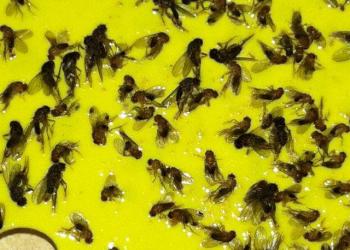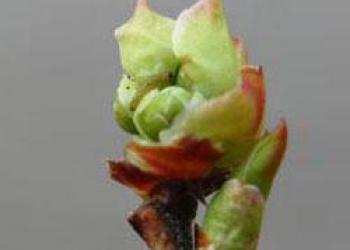Fruit Program News
-
New Brown Marmorated Stink Bug (Halyomorpha Halys) Page
The new UMass Extension Brown Marmorated Stink Bug Resouce Center is now available. Go to the Brown Marmorated Stink Bug Introduction page to enter the site which has information on ID & Biology, Monitoring, and Management of BMSB.
-
New Spotted Wing Drosophila (Drosophila suzukii) page
The new UMass Extension Spotted Wing Drosophila Resouce Center is now available. Go to Spotted Wing Drosophila Introduction page to enter the site which has information on ID & Biology, Monitoring, and Management of SWD. The page will be updated regularly and will soon include mapping data from the UMass Spotted Wing Drosophila reporting network.
-
Winter Moth in New England Fruit Crops
Winter Moth (Operophtera brumata): This is a new and important pest of blueberries, apples and other deciduous plants, especially in Southeastern New England. They can severely defoliate trees and bushes and can hollow out fruiting buds. Moths emerge from the soil usually in late November and may be active into January. Eggs hatch in early Spring and larvae feed on swelling buds of many different plant hosts, causing damage in fruit crops.
-
Spotted Wing Drosophila (Drosophila suzukii)
-
Winter Moth (Operophtera brumata)
-
Northern grapes: Integrating viticulture, winemaking, and marketing of new cold hardy cultivars supporting new and growing rural wineries




